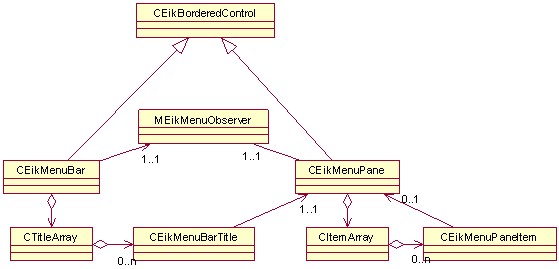
Figure 1: The UML diagram of the Options Menu API
Options Menu API provides support for a number of menus (called menu panes), each attached to a main menu bar or a menu item.
The menu support is implemented in two main classes: CEikMenuBar and CEikMenuPane.
The menu structure is defined in the resource file as a menu bar structure
(MENU_BAR), which references one or more menu panes in a
list of MENU_TITLE structures. The menu bar itself is usually
referenced in the application information resource structure (EIK_APP_INFO)
or in the view resource structure (AVKON_VIEW), but can also
be referenced in AVKON_SETTING_PAGE resource structure or
a menu bar resource structure can directly be passed to CAknDialog’s ConstructL().
In S60, all of the menu pane resources of a menu bar are read on construction
and joined to form a single menu pane. This ensures that the menu panes are
stacked on top of each other, with the first pane at the bottom of the menu
pane, and the last at the top. The txt fields of MENU_TITLEs
are omitted. This allows S60 applications to specify menus based on a set
of individual menu option groups.
When the application is started, the menu bar is constructed and the menu bar resource is read. Whenever the menu is displayed, or the user navigates between menu panes, a menu pane is constructed and the appropriate menu pane resource is read.
The main use cases of the Options Menu API are:
Options menu API contains little number of classes providing functionality of the interface. In the following class diagrams, the API classes are grouped together according to their roles and functionality.
Class diagram in Figure 1 shows that the API consists mainly from the CEikMenuBar and
the CEikMenuPane classes. CEikMenuBar represents
the first level of the menu and encapsulates a number of menu panes through
the nested class CItemArray. An item in it (CEikMenuPaneItem)
refers to the resource ID of the relevant menu pane CEikMenuPane.
The most often used API part is CEikMenuPane. Menu manipulation
is usually done with this. In case of this class, CItemArray cannot
be got. An item or item data can be queried directly with the methods of the CEikMenuPane class.
The Figure shows, that each menu pane item either generates a command to the menu observer, or opens a submenu pane (cascading).
Each menu bar has one observer: MEikMenuObserver. Clients
of the API cannot change or add observers after menu bar and menu pane construction. MEikMenuObserver is
implemented by the UI components that support menu. They have been listed
already above.

Figure 1: The UML diagram of the Options Menu API